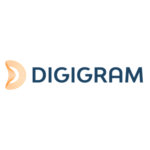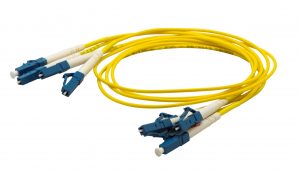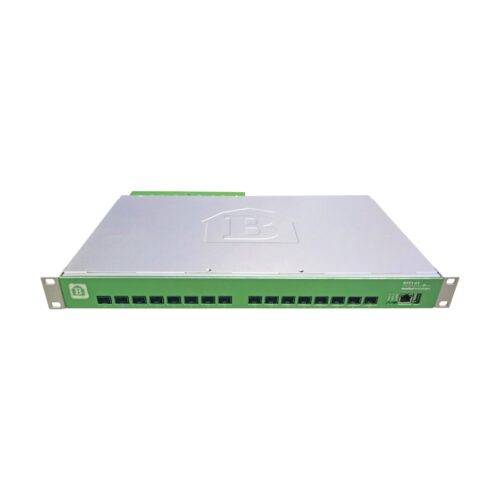Beskrivelse
CANCUN 222-MIC
Whether broadcast or live, Cancun is the ideal companion that won’t ever let you down: sturdy built and super reliable, it is also user-friendly with its LED powered touch panel for easy control settings enabled by main audio measurement applications.
Zero latency, zero compromise, CANCUN 222-Mic is our high-performance sound card that embeds the essence of Digigram’s know-how for pristine live and broadcast applications.
SUPPORTED OS / ENVIRONMENTS
Operating system supported Windows 10, 8, Windows 7 (32 and 64 bits), Mac OS X, LinuxManagement: depending on the host operating system’s implementation of the USB Audio 2.0 specification. Microsoft Windows management is provided through DirectSound, Core Audio, WASAPI third-party ASIO driver.
CONFIGURATION
Bus/Format USB 2.0 / Compliant with the USB 2.0 audio specificationSize 254 mm x 96 mm x 36 mm
Operating: Temp / Humidity 0°C to +50°C / 0 % to 90 % (non condensing)
CONNECTORS
Audio connectors One XLR female for left input channelSub-D 25 pts (222-Mic) or 44 pts (442-Mic) for all analog and digital I/Os 6.35 mm jack for stereo headphone output
Neutrik XLR breakout cable included USB connector Standard, includes two A-type on PC side, one mini-B USB on card side
AUDIO SPECIFICATIONS
A/D and D/A converters 24-bit / frequency : 32 kHz, 44.1 kHz, 48 kHz, 88.2 kHz, 96 kHz, 192 kHzAudio formats: PCM 8, 16, 20, and 24 bits, full-duplex
Latency 3.4 mS
– analog-to-PC or PC-to-Analog (Windows 7 / 64 bits) 3.8 mS
– analog-to-MAC or MAC-to-Analog (Mac OS X 10.6.8)
Channel phase diff. (A/D and D/A) ± 0.2° (20 Hz – 20 kHz)
MIXER AND PROCESSING
Analog-to-AES/EBU Bridge In Stand-alone modeAES/EBU-to-Analog Bridge In Stand-alone mode
Embedded Mixer Zero-latency headphone Mixer
AUDIO I/OS
INPUTS
Analog inputs (mono) : 2 balanced analog Mic/Line inputs
Digital inputs (stereo): 1 AES3 stereo input
Switchable: 48V phantom power 7 mA Max on each input
Analog input gain:
– From 0 to 55 dB by 1 dB steps,
– switchable Pad 30.0 dB
Input sensitivity: 0 dBfs adjustable from -30 dBu to +25 dBu (Line) and -60 dBu to -5 dBu (Mic)
Maximum input level/impedance Line: +25 dBu / > 3.5 kOhms; Mic: -5 dBu / > 2 kOhms
Frequency response (A/D Input)
– at 48 kHz: 20 Hz–20 kHz +0/-0.5 dB
– at 96 kHz: 20 Hz–40 kHz +0/-0.6 dB
– at 192 kHz: 20 Hz–80 kHz +0/-2.0 dB S/N
Analog input, typical S/N: 108 dB unweighted and 111dBA @48 kHz THD+N
Analog input, typical < -105 dB unweighted and -107 dBA / 20 Hz-20 kHz, @48 to 192 kHz ref 1 kHz at –3 dBfs
Mic inputs E.I.N., typical < -128 dB / Zsource = 40 Ohms; Pad Off; gain 55 dB
_________________________
OUTPUTS
Analog outputs (mono) : 2 balanced analog Mic/Line outputs
Digital outputs (stereo): 1 AES3 stereo outputs
Maximum analog level/impedance at 48 kHz: +10 dBu / 2×33 Ohms
Frequency response
– at 48 kHz: 10 Hz–20 kHz +0/-0.1 dB
– at 96 kHz: 10 Hz–40 kHz +0/-0.3 dB
– at 192 kHz: 10 Hz–80 kHz +0/-1.3 dB
S/N Analog output, typical > 111 dB unweighted @48 kHz
THD+N Analog output, typical < -98 dB unweighted / 20 Hz-24 kHz @48 kHz to 192 kHz, ref 1 kHz at –3 dBfs
Headphones output (stereo)
– Dedicated output stage, > 10 mW from 32 to 600 Ohms 10Hz-20 kHz +-0.1 dB;
– Dynamic range: 93 dB @32 Ohms, typical





